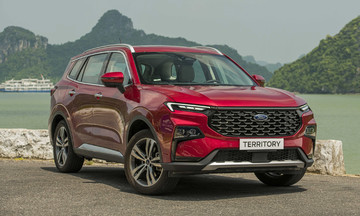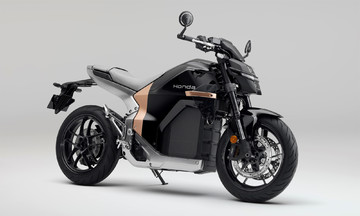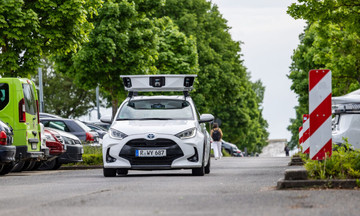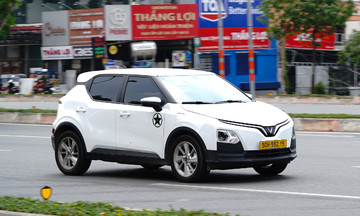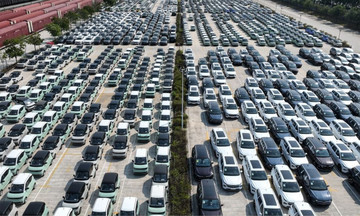The A-segment car market in Vietnam only saw 349 units sold in August, the lowest figure since the beginning of the year and a nearly 29% decrease compared to the previous month. After a brief period of recovery, this segment has slumped again, reflecting the still weak demand for small, affordable cars.
The Hyundai i10 maintained its leading position with 174 units sold in August, a decrease of 89 units compared to the previous month, equivalent to a 33.8% drop. The domestically assembled Korean model still accounts for more than half of the total sales in the segment over the past 8 months, thanks to its established brand and stable supply.
Toyota sold 170 Wigo units, a decrease of 49 units, or 22.4% lower than in July. Despite both models experiencing a decline, the Wigo trailed the i10 by only 4 units, demonstrating its persistent competitiveness. Previously, the Japanese model had surpassed the i10 in several individual months. The monthly sales race between the two models remains tight, although year-to-date, the i10 maintains a safe distance of about 500 units.
In contrast to its two competitors, the Kia Morning only achieved 5 sales in August, down 2 units from the previous month. Months of sluggish sales have rendered this model almost uncompetitive in the A-segment. To address this situation, the company launched a new version of the Morning in mid-September, hoping to attract customers back in the final months of the year.
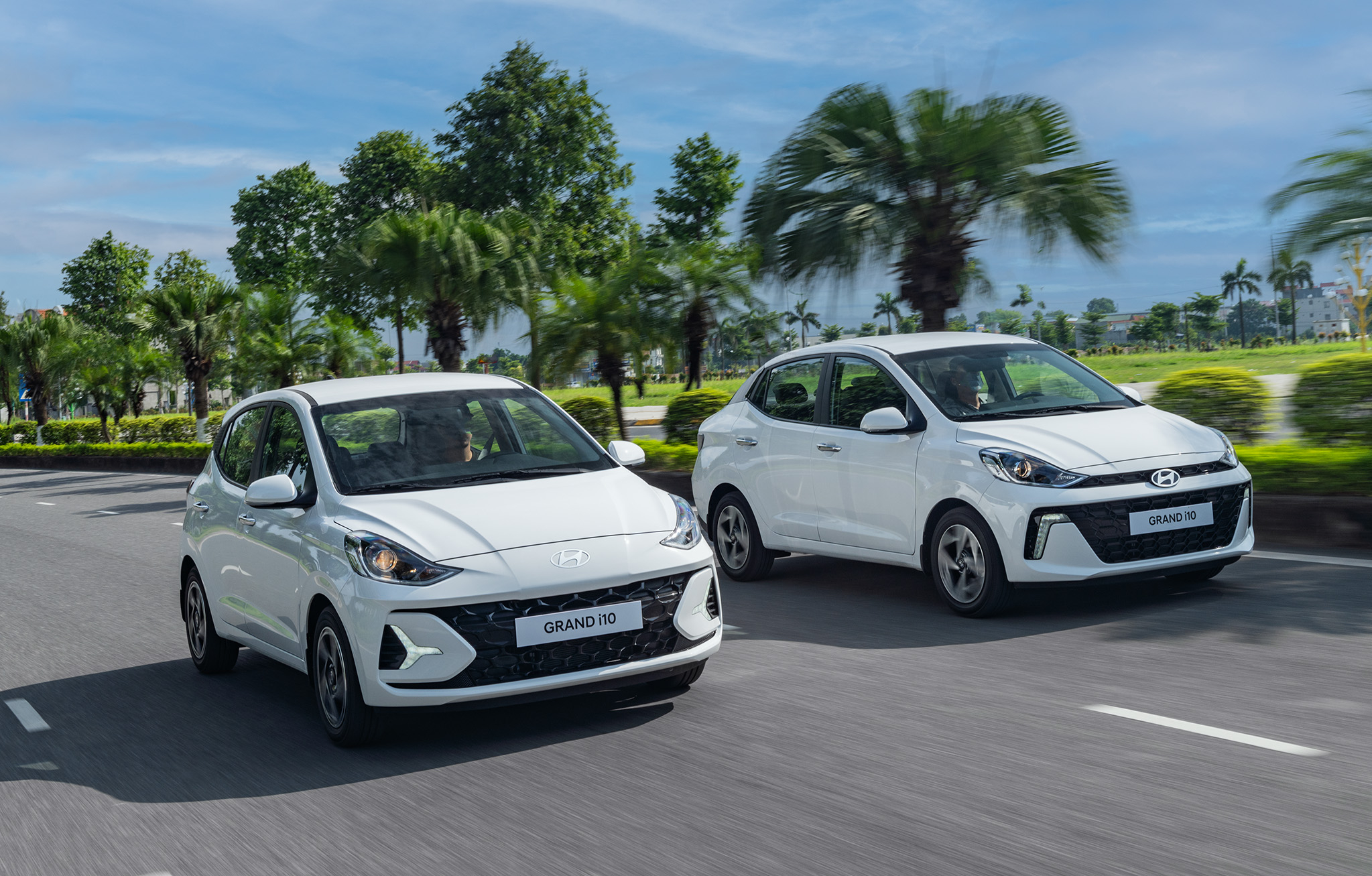 |
Hyundai i10 in the Vietnamese market. Photo: Hyundai Thanh Cong |
Hyundai i10 in the Vietnamese market. Photo: Hyundai Thanh Cong
August falls during the "ghost month," traditionally considered an inauspicious time for purchasing major assets like cars in Vietnamese culture. This is one of the main reasons why purchasing power in the A-segment dropped sharply to its lowest point of the year. Entering the final months of the year, demand usually tends to recover due to the desire to buy cars for travel during the Tet holiday. However, the A-segment will likely struggle to make significant gains as consumers continue to shift towards small urban SUVs and electric vehicles.
Ho Tan



